Editor’s Note: Dr. Dan Brooks, Curator of Vertebrate Zoology recounts recent adventures off the shores of Panama with hopes of spotting the rare Black Marlin.
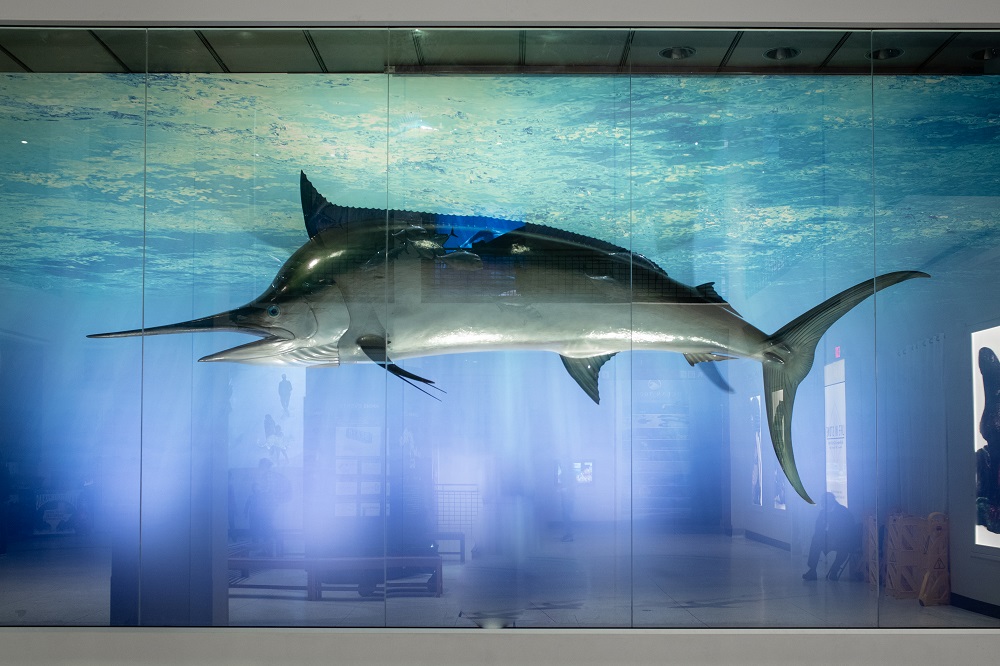
In late 2013, HMNS obtained the world’s largest bony (vs cartilaginous) fish for display in the Alfred C. Glassell, Jr. Hall of Tropical Pacific Marine Life. At 1560 pounds, the Black Marlin (Istiompax indica) the late Mr. Glassell caught in 1953 at Cabo Blanco, Peru, remains the largest fish caught on a rod and reel to this day. I was honored to curate this hall, and have been awed by the story of this fish, the footage of which appeared in the 1958 film of the classic Hemingway novel, “Old Man and the Sea” starring Spencer Tracy as the underdog, Santiago.
Getting up there in age enough where my back aches some mornings, I began to think more about things on my bucket list, one of which was to learn what I could about Black Marlin from those who know the most about them. Last week this modern-day Santiago had the wonderful opportunity to visit a very remote Panamanian fishing camp just north of the Colombian border, 150 miles from the nearest continuous road. This site is less than 850 miles from Cabo Blanco, and shares many of the same species as those represented in Glassell Hall, which are all found at Cabo Blanco where the record fish was caught.
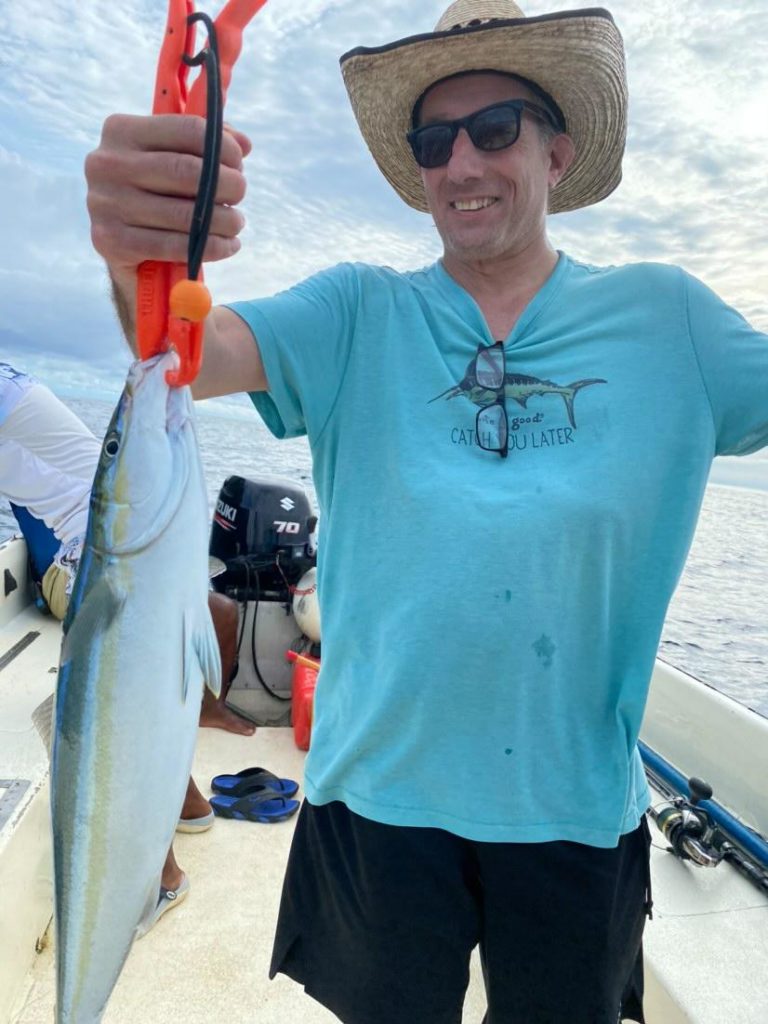
The trip was a success, with several species of fish in Glassell Hall caught and observed, including Mahi mahi (Coryphaena hippurus), Yellow-finned Tuna (Thunnus albacares), Roosterfish (Nematistius pectoralis) and Pacific Sailfish (Istiophorus platypterus). The latter two species were strictly catch/release, as were all species of billfish and Cubera Snapper (Lutjanus cyanopterus). Other species caught near rocky shoreline besides the Roosterfish, include Rainbow runners (Elagatis bipinnulata) and Houndfish (Tylosurus crocodilus), which were caught by casting, rather than trolling – the method used for getting on larger species.
Additionally , we caught a few different species of Triggerfish, Jack, and Bonito. Above and beyond the fish were several species of Dolphin, and 14 species of pelagic birds – more species of offshore birds than I have seen anywhere in the world!
While both Striped (Kajikia audax) and Blue (Makaira nigricans) Marlin were present, we were unable to get either, although a few people got Blue Marlin species just last week. One would think not getting a Black Marlin would be a bit of a disappointment, but being a scientist, instead I pondered questions such as ‘Why are Black Marlin rare?’.
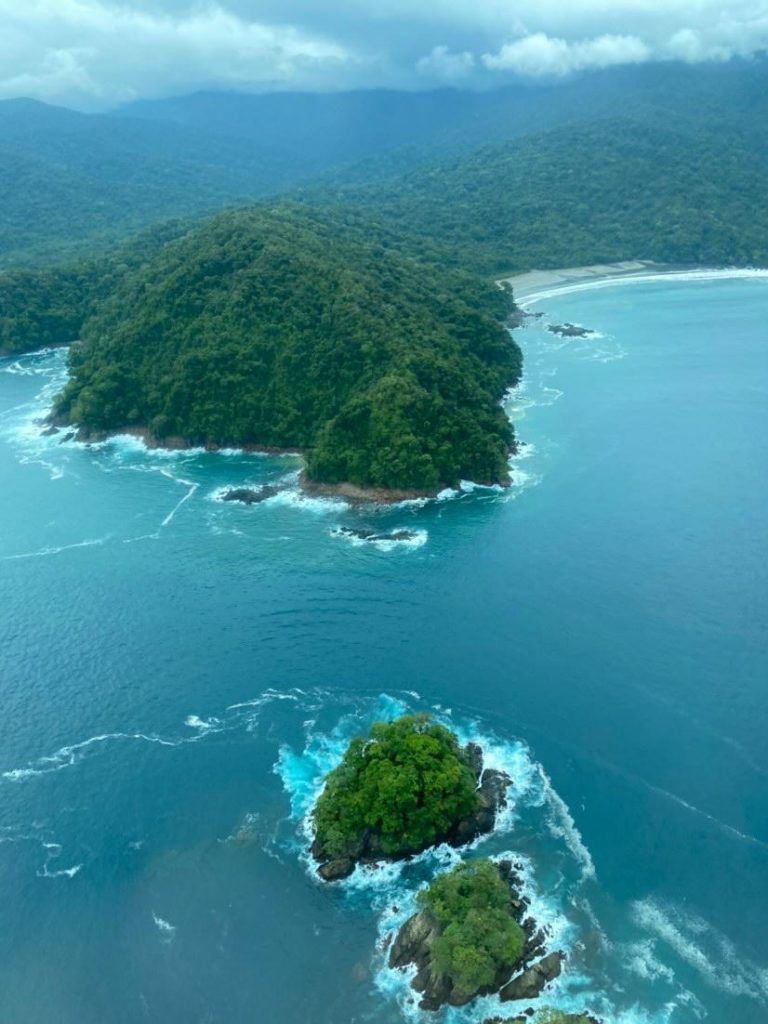
” I remember colleagues from Amazonia years who were studying population age structure of Spectacled Caiman (Caiman crocodilus). If populations were overharvested, the larger-sized adult animals became fewer and fewer. Like fish, reptiles grow larger with age. Imagine the age of Glassell’s massive record Black Marlin! At around the time he was heavily fishing for these, he caught a few that were around 1000 pounds give or take. During his early ventures of Black Marlin fishing, he trolled the waters between Sri Lanka and Mombasa, getting a few that were around 600-650 pounds. He found the same sizes starting in the Pacific waters of Panama, moving south to Colombia and Ecuador with no real change in size. At the time, commercial fishing of Black Marlin was outlawed in Peru, so as soon as he crossed over the border to the town of Cabo Blanco, fish were larger, and it wasn’t long before he hit the monster!
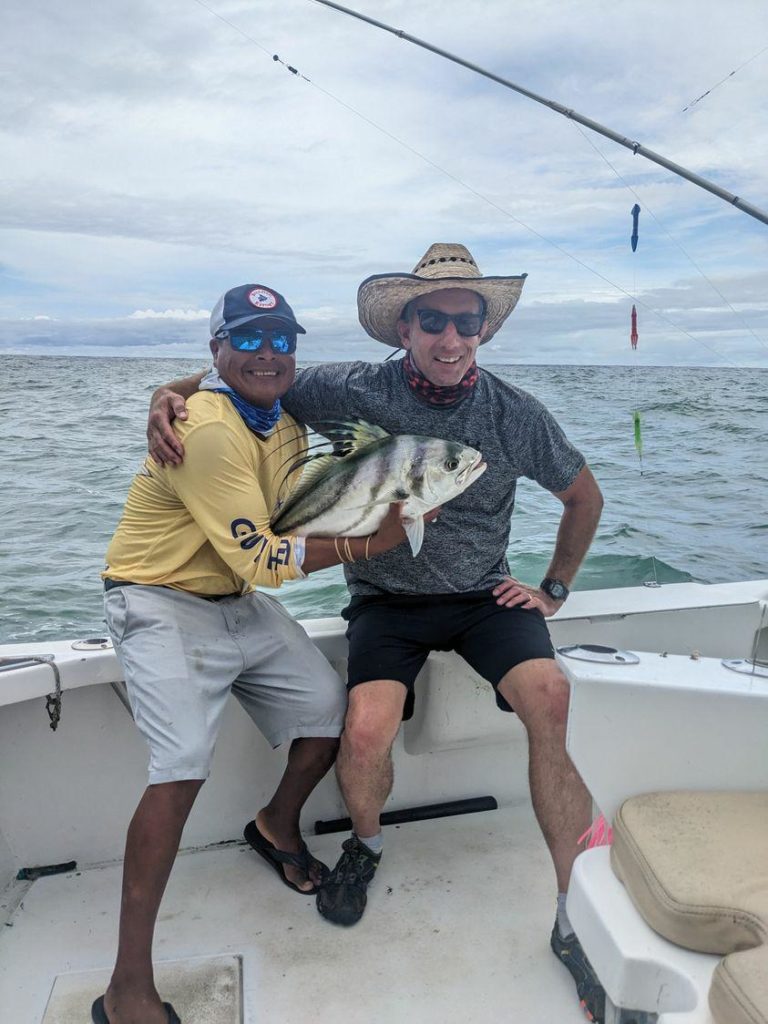
I asked Ermel, the Captain of our boat, who had spent his entire life fishing the waters we visited last week, how big the largest Black Marlin he ever caught was. He paused, puffed his chest a little, and replied “500 [pounds]”. This was among the largest Black Marlin from these waters, yet it wasn’t even one-third the size of Glassell’s fish.
Consider the frequency of catching a Black Marlin, also. I didn’t realize how truly rare an opportunity it was to catch one until I got down there. Three full days fishing, trolling for hours for Marlin using Bonito as bait, and not a single tug by even the more common Blue!
IUCN, the World Conservation Union, is the authority charged with assigning ranks of threat to all species on the planet. Collectively, this body of scientists will decide whether Tigers (Panthera tigris) are endangered, while Mountain lions (Felis concolor) are not for example. By IUCN standards, all billfish (i.e., Sailfish and Marlins) are declining, and Sailfish and Blue Marlin are considered “Vulnerable”, which is only one step down from “Endangered”!
You might ask, what is the status of the most sought grail-fish, Black Marlin? It is actually considered “Data Deficient”. When scientists haven’t gathered enough parametric data for a given species, they are unable to assign it a conservation rank in good conscience, so they remain Data Deficient until more is known.
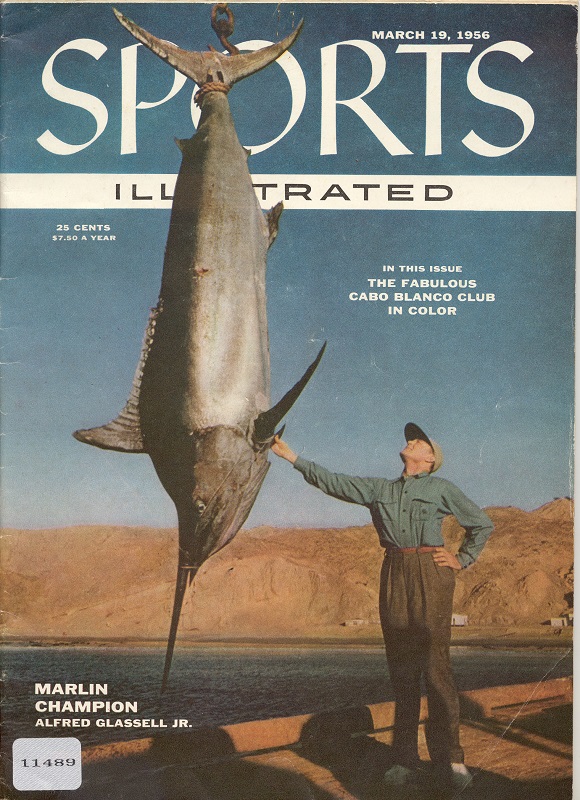
Not knowing anything about Black Marlin has nothing to do with attempts to capture data. In the past decade approximately $600,000 was spent on 100 satellite tags to learn more about movement patterns, potential migration, spawning grounds, etc. The fish showed a completely haphazard blitzkrieg all across the map of a globe, revealing NOTHING about patterns or trends. For this reason, conservation scientists have no option but to classify Black Marlin as Data Deficient despite being caught much less frequently than the billfish already considered Vulnerable. Perhaps rarity goes hand-and-hand with overfishing of these little-known monsters.
Stay tuned to Beyond Bones for more from Dr. Dan’s adventures in Panama.
Past Dr. Dan Articles
Cool birds in strange places (and then some…)
Enjoying Wildlife with Visual Impairments
A dispersed flock of angels, a rare woodpecker, and a local cast of celebs from the past…






